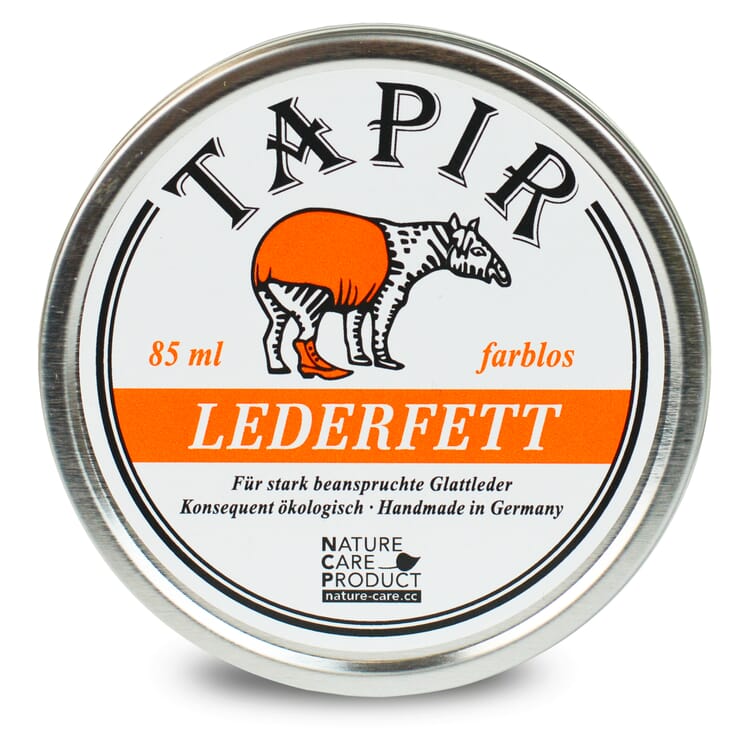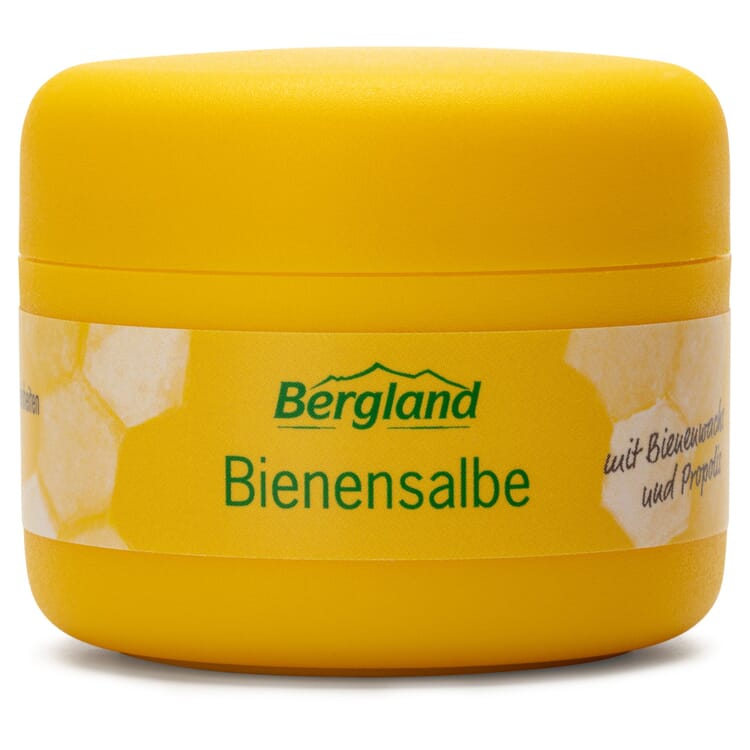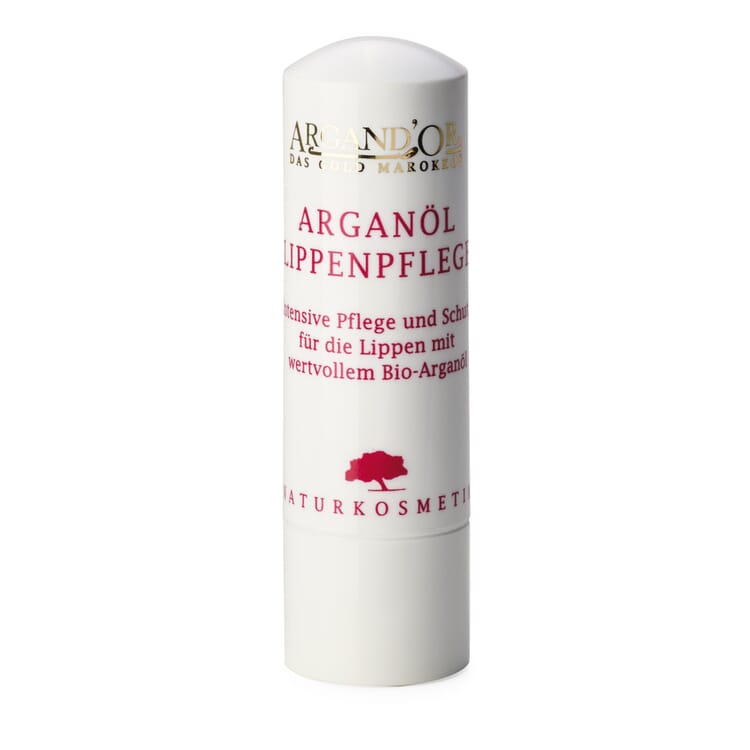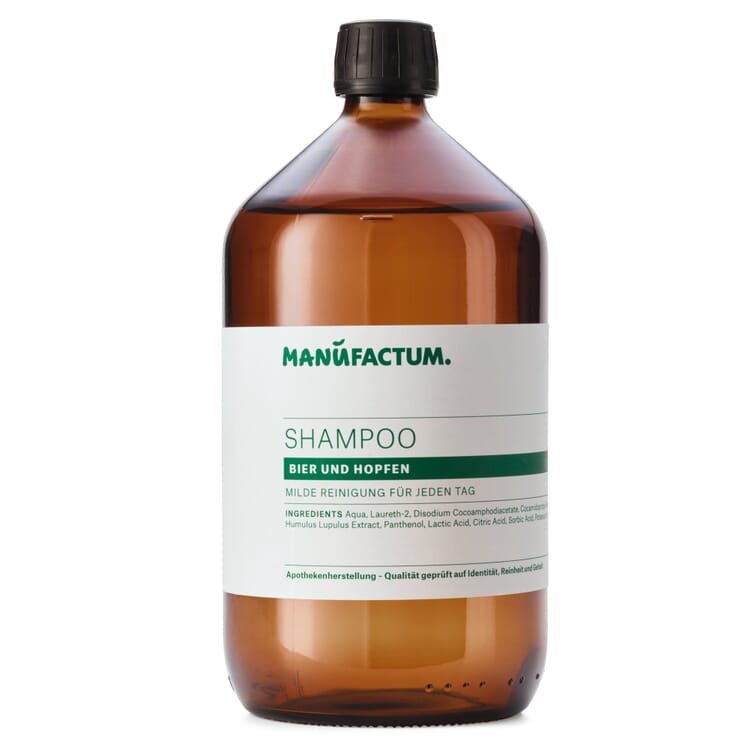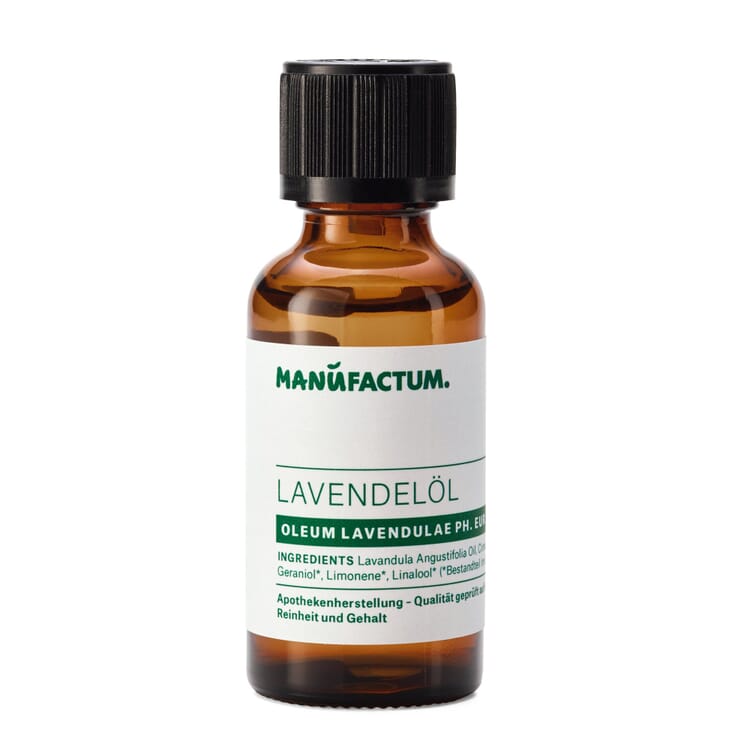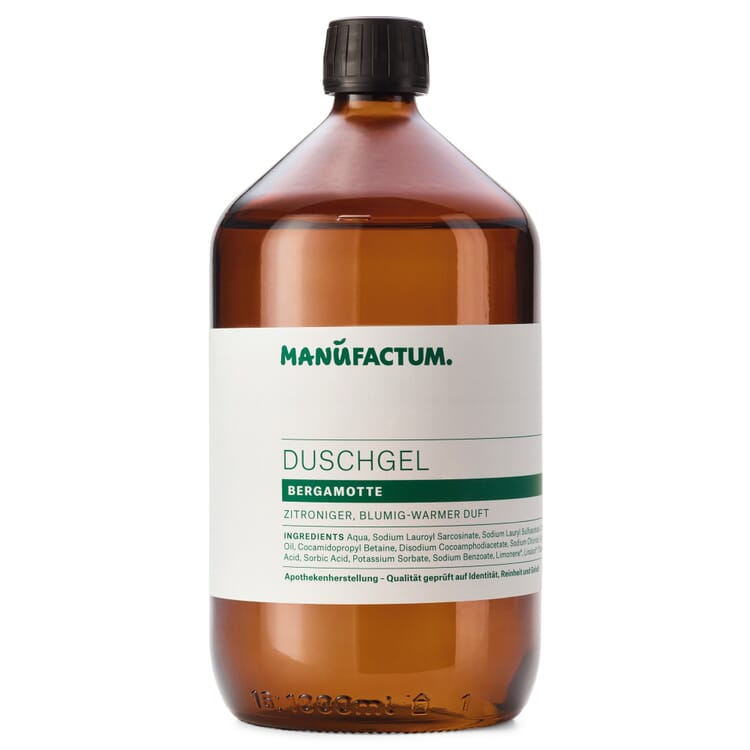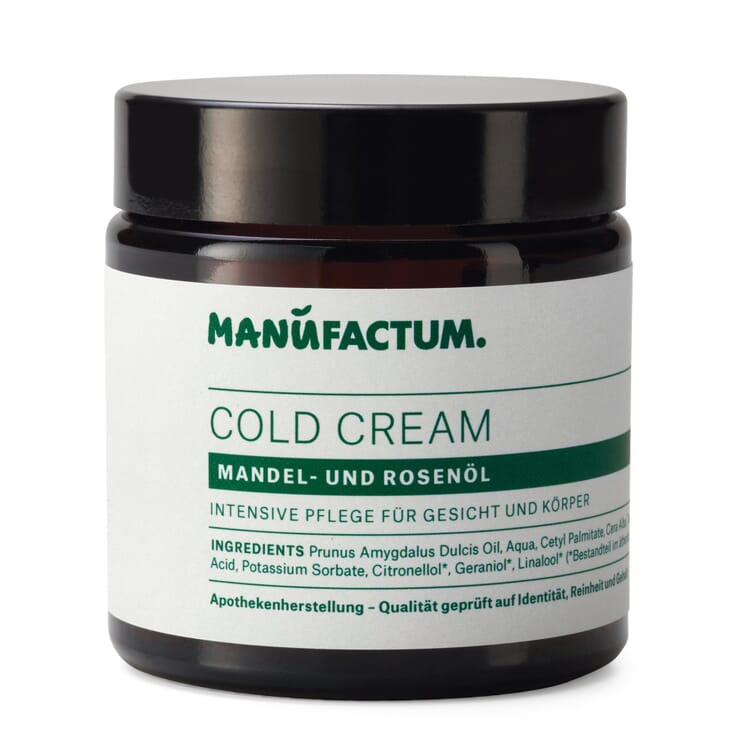- Aloe vera
- Apricot
- Argan tree
- Arnica
- Avocado
- Bay rum tree
- Bergamot orange
- Birch
- Carnauba Palm
- German Chamomile
- Bay laurel
- Common Sage
- Eucalyptus
- Fennel
- Norway spruce
- Clove tree
- Common Nettle
- Hops
- Magnolia
- Iceland moss
- Jojoba
- Coffee tree
- Cacao tree
- Camphor tree
- Shea tree
- Mountain pine
- Lavender
- Macadamia
- Almond Tree
- Lemon balm
- Myrrh
- Olive tree
- Orange tree
- Peppermint
- Calendula
- Rose
- Horse chestnut
- Soybean
- Tea tree
- Black cohosh
- Witch hazel
- Rowanberry
- Castor oil plant
- Lemon
Medicinal plants A|B|C
Carnauba palm (Copernicia prunifera)

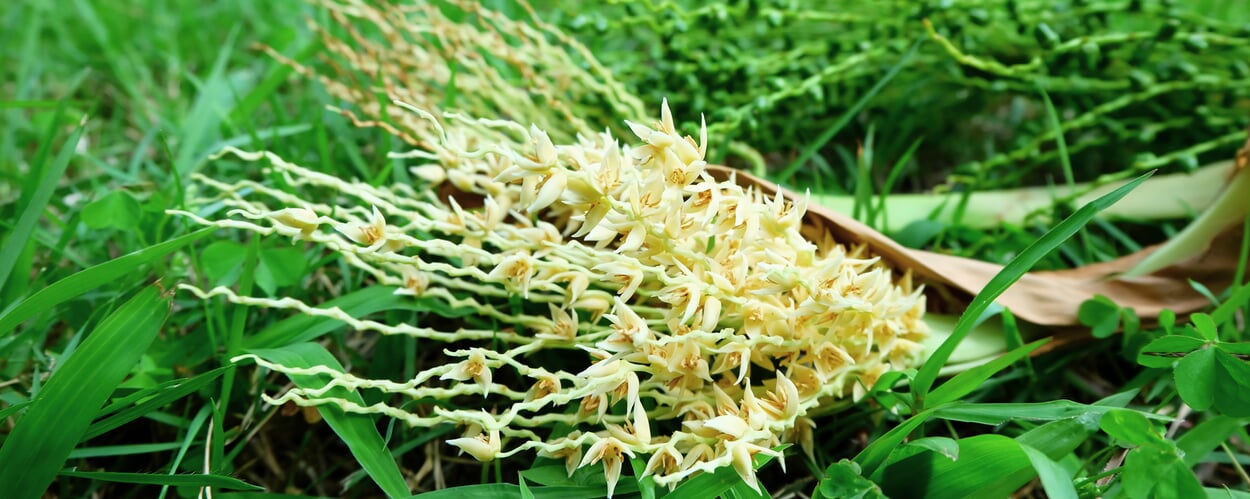
The Carnauba palm grows up to 15 meters high. As an adaptation to dry seasons, its fan leaves, which are about two meters long, secrete fine wax flakes on their upper and lower sides, which protect them from excessive water evaporation. For 100 years, this wax was an important export of Brazil, but from the middle of the 20th century it was almost displaced by synthetic, petroleum-based substitutes. Today, the renewable raw material is being remembered again and used in a variety of ways.
Origin and cultivation
Brazil is the only major producer of carnauba wax, and the semi-arid northeast of the country is also the original distribution area of the carnauba palm. It has only been planted since 2003 in the course of reforestation. Naturally occurring stands are regularly harvested by cutting off six to eight fan leaves per palm several times during the dry half of the year; in this way, the tree is not damaged and can continue to grow. As soon as the collected leaves dry out, the wax scales loosen and can be tapped and scraped off.
Ingredients
Carnauba is the hardest wax found in nature. It does not cause allergies and is excreted unchanged by the body when used internally. The fact that it is also virtually odorless and, with its unusually high melting point of over 80 °C, insensitive to heat (i.e. also to too much sun), makes it an ideal consistency enhancer in cosmetics. The best quality is provided by young leaves, whose wax is light yellow; the older the leaves, the darker the carnauba wax and the more it would affect the color of creams and lipsticks.
Products with carnauba wax
Use of carnauba wax

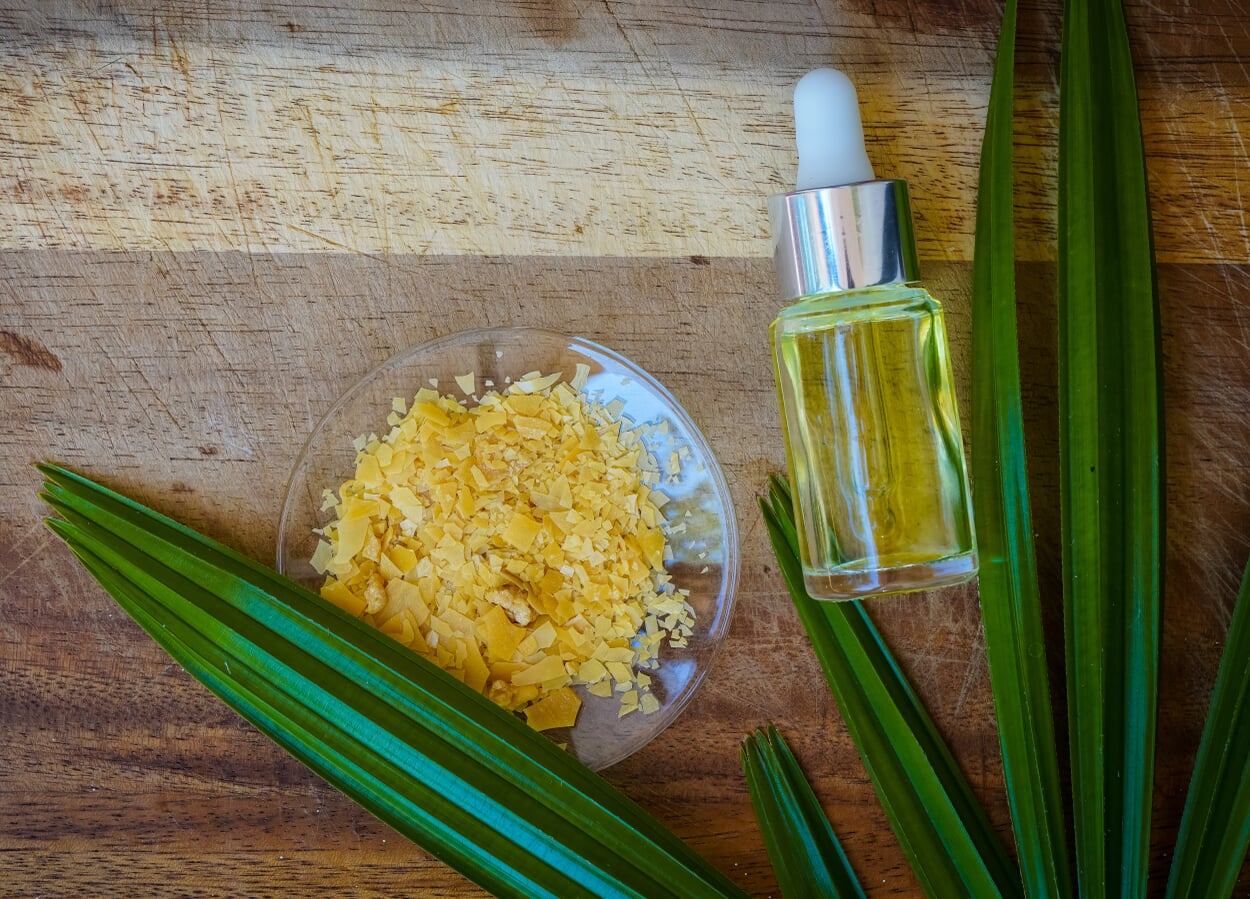
- Especially in the production of decorative cosmetics, carnauba wax is used to adjust the consistency - for example, lipsticks are often adjusted to the desired firmness with the addition of appropriate amounts of carnauba wax - Since carnauba wax leaves a thin film of wax on the skin, it prevents the evaporation of moisture, it is found, for example, in many lip care products - Carnauba wax taken internally has no effect on the human body, so it can be used to provide foods - for example, citrus fruits - with a protective coating. It is also used as a release agent for medicines, fruit gums, chewing gums, etc.
In the food industry, carnauba wax is designated with the number E 903. But it is also present in many other areas of life: in shoe polish, floor polish and other cleaning and polishing agents, candles, varnishes, records, papers and much more, it ensures a smooth, shiny and resistant surface.
Exclusive Manufactum body care products
Recommended Topics

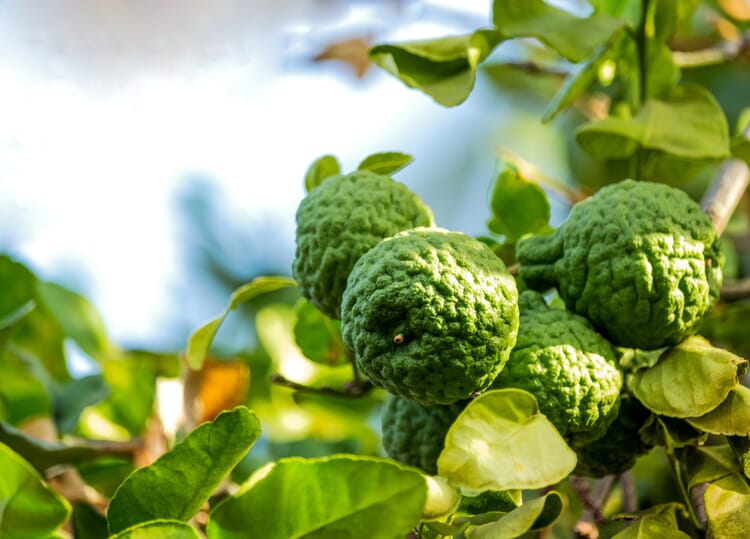
The evergreen bergamot originated in the 16th century as a cross between bitter orange and citron. The tree, which can grow up to four meters high, flowers only once a year, unlike other citrus plants. Its fruits are lemon yellow when ripe, about the size of tennis balls and particularly thick-skinned. These fruit shells make the bergamot so sought-after: the valuable bergamot oil is extracted from them by cold pressing - also known as "green gold".
View more

German Chamomile has been growing as a cultural companion near settlements, for example, along the edges of fields and on fallow land, since the late Stone Age. Early on, it also found a place in farm and monastery gardens as one of the most important medicinal herbs. The entire plant exudes the typical scent of chamomile, its leaves are multipinnate and feathery in appearance. From May to September, the flowers appear with a white corona and a yellow center, which becomes more and more bulging as the flowering period increases.
View more
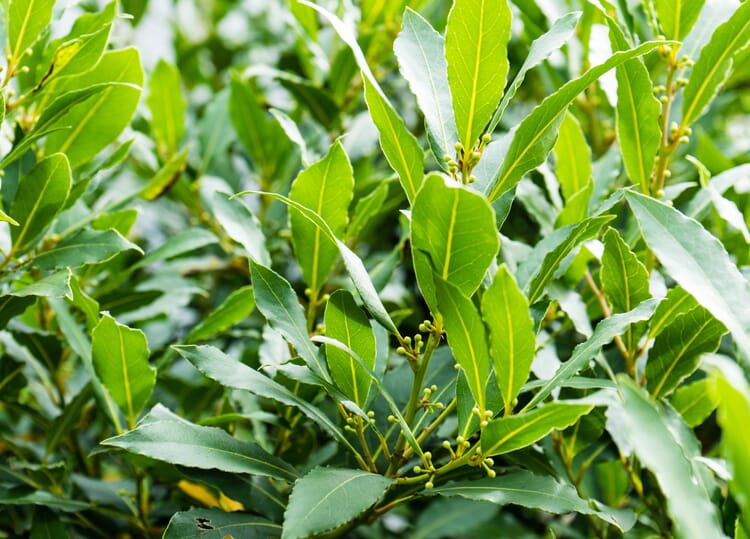
The bay laurel belongs to the laurel family and grows as a multi-stemmed evergreen shrub up to 15 meters high. There are many other species of plants called laurel, but they belong to other plant families; the only thing they have in common is that their leaves also have an aromatic smell. The leaves of the true laurel have a shiny surface and a slightly wavy edge. Its bright yellow flowers appear from May to July, and the fruits are blue-black shiny berries.
View more
